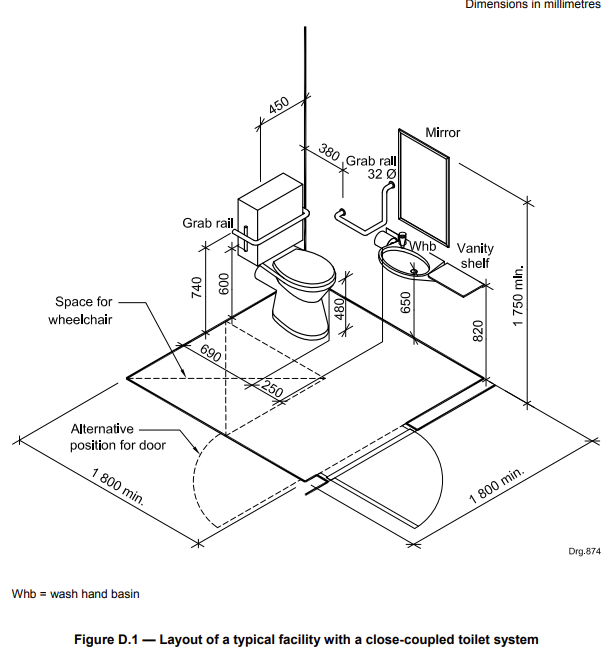Introducing Accessibility Advocate – Suman ‘Bobby’ Barua (From South Africa), a qualified advocate of the High Court.
Chris and Reeshika had the opportunity to speak with Bobby over TEAMS to get insight on his disability and his passion with advocating for equal opportunity in the work and school environment.
Bobby Barua advocates for inclusive design and experiences for people with disabilities. He is committed to the principles of an inclusive education system and publicly accessible transport for people with disabilities. Bobby- born disabled, but not unable. A little about him and his disability in his own words- “born breech at birth, and I came into this world legs first (a bit ironic!) and got stuck for some minutes – enough minutes to starve my brain of vital oxygen. I was born with cerebral palsy but as it turned out the damage done affected the areas in my brain responsible for my legs and arms with accompanying physical damage to my limbs – my brain-functioning otherwise was normal (my siblings will argue there was a lot more damage!). I am now in my 20s – plus another 20 or so years, and use a motorised wheelchair.”
After a deep conversation on accessibility in the built environment, one pressing debate Bobby feels strongly about is where the basin should go in a unisex accessible toilet which stirred us to write this blog. In South Africa the wheelchair bathrooms have the basins near to the toilet while the Australian standard does not.
Are we in Australia Designing Functional Unisex Accessible Toilets?
Australia, the United Kingdom and South Africa all have different standards and regulations as you can see in the images below, when it comes to the design and construction of accessible toilets. Should this layout be consistent throughout the world? In all these instances, the purpose is to provide a safe and accessible solution for people living with disabilities, who often struggle with accessing traditional toilet facilities.
South African standards Sans 10400-S:2011
In South Africa, accessible bathrooms are designed to have their basins located near the toilet, allowing someone using a wheelchair to conveniently wash their hands immediately after using the toilet. In contrast, this is not the standard in Australia.
British Standards Standard BS8300
In the UK, the favoured transfer position for many accessing an accessible bathroom is to the right of the toilet and as such, many accessible bathrooms are designed to accommodate this, placing the transfer space to the right of the toilet and washbasin to the left, as well as all the appropriate shelving, grabrails and other features. By making sure that the restroom is tailored and accessible for those with disabilities, it can help to provide a more comfortable and successful experience.
Australian standards AS1428.1-2009
Australian Standard requires that the washbasin be located outside of the pan circulation space, as depicted in the figure shown above. This is to ensure that individuals with mobility devices have the room they need to comfortably enter the stall and maneuver around the toilet space.
But do these standards provide a suitable functional outcome?
Bobby says that when someone is using a wheelchair they should be able to use the basin to wash their hands soon after using the toilet facilities. This cannot be done with the Australian standard layout.
Which Standards Are The Most Functional?
When it comes to unisex accessible toilets, there is no single answer to how the basin should be placed. This is an issue that needs to be considered on a case-by-case basis and takes into account the particular needs of the people using the toilet and the space. In some cases, a performance solution, such as engaging a specialist Access Consultant, may be required to provide the best experience for all. Are (Australian) access consultant’s willing to write up a performance solution with a basin located next to the toilet as per the British standards?
The pressing debate around the basin’s placement in a unisex accessible toilet is a perfect example of how small changes can make a big difference. Taking into account the needs of the space and the needs of the people using it, is essential when creating a successful and accessible environment.




Recent blogs
Enhancing Communication: The Role of Hearing Augmentation
In the realm of accessibility and inclusivity within professional environments, ensuring effective communication is paramount. [...]
Read moreSep
Accessible, But Locked: How Councils Utilise MLAK Systems
Public toilets are essential infrastructure, especially for people with disabilities. Yet in many areas, access [...]
Read moreJul
The Importance of the Hidden Disability Sunflower
The Importance of the Hidden Disability Sunflower You may have recently noticed people wearing a [...]
Read moreJul
Review of Accessibility Provisions at Vivid Sydney 2025
Vivid Sydney has once again dazzled audiences, wrapping up another spectacular year of immersive light [...]
Read moreJun
The Good, the Bad, and the Ugly of Platform Lifts for Accessibility
The Good, the Bad, and the Ugly of Platform Lifts for Accessibility Accessibility is a [...]
Read moreMay
Insights into the Updated Disability (Access to Premises – Buildings) Amendment (2024 Measures No. 1) Standards 2024
Insights into the Updated Disability (Access to Premises – Buildings) Amendment (2024 Measures No. 1) [...]
Read moreMar